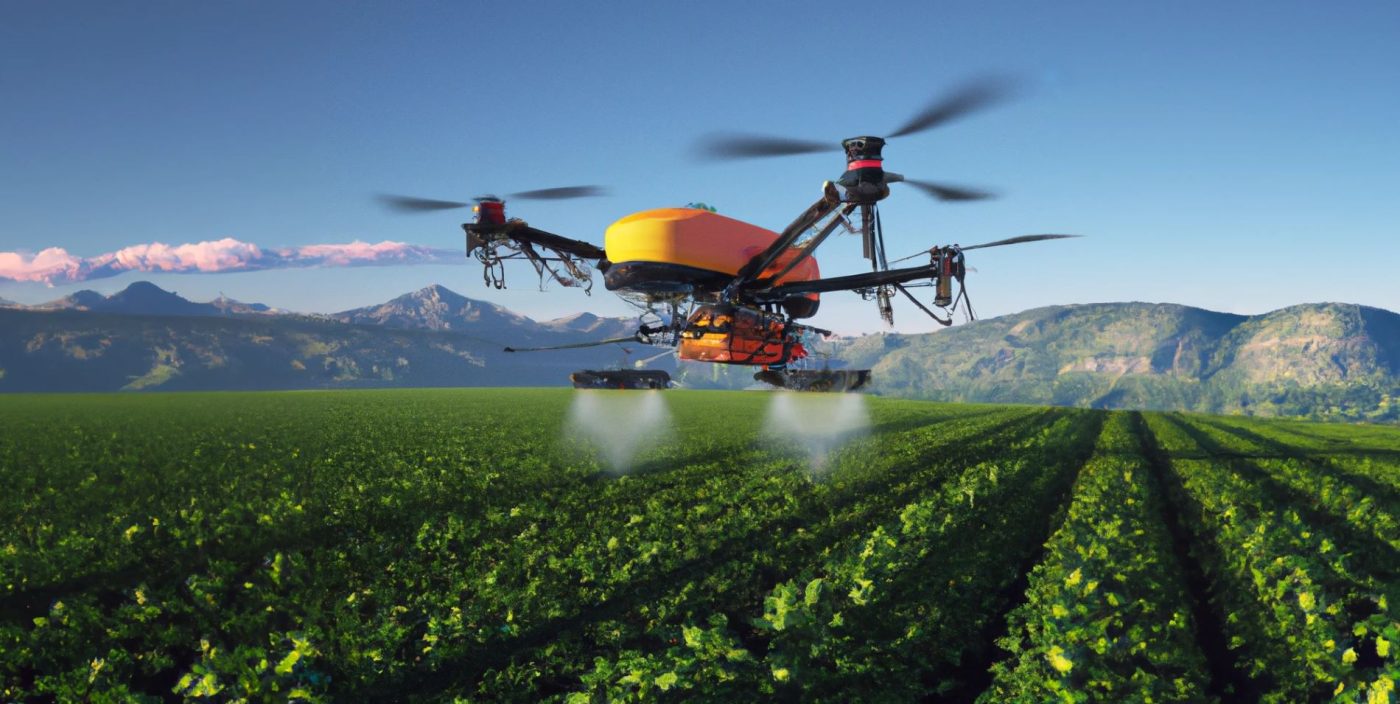YETRAC
Agricultural Drones: Transforming Agriculture Through Technology
Agricultural Drones: Transforming Agriculture Through Technology
In the ever-evolving landscape of agriculture, technology has continued to play a pivotal role in reshaping the way we cultivate and manage our crops. One such technological advancement that has garnered significant attention in recent years is the use of agricultural drones. These unmanned aerial vehicles have become indispensable tools for farmers and agronomists, revolutionizing yield optimization, crop monitoring, and sustainable agricultural practices. In this article, we will delve into the world of agricultural drones, exploring their applications, the legal considerations they entail, and the exciting future they promise.
Understanding Agricultural Drones
Agricultural drones, also known as UAVs (Unmanned Aerial Vehicles) or UAS (Unmanned Aircraft Systems), are specialized drones designed to address the unique needs of modern farming. They are equipped with a range of sensors, including multispectral sensors, which capture electromagnetic radiation beyond the visible spectrum. These sensors can capture near-infrared and short-wave infrared data, providing valuable insights into crop health, growth stages, and soil variations.
The Legal Landscape
As the use of drones in agriculture gained momentum, the legal and regulatory framework surrounding them became a matter of concern. In the United States, the Federal Aviation Administration (FAA) initially encouraged farmers to adopt drone technology to monitor their fields. However, with the rapid proliferation of agricultural drones and incidents like drones colliding with crop dusters, the FAA reconsidered its stance and initiated discussions with organizations like the American Farm Bureau Federation (AFBF) to establish comprehensive rules and regulations.
In 2016, the FAA published rules governing commercial drone operations, which required operators to pass a knowledge exam, register their aircraft, and adhere to specific flight restrictions. While generally satisfied with the rules, the AFBF advocated for minor adjustments to certain restrictions to better accommodate the agricultural use of drones. Furthermore, numerous other countries, such as India, Malaysia, Singapore, and Australia, have implemented their own drone regulations, with the European Union planning to introduce a unified set of regulations for its member states.
Security and Ethical Considerations
The adoption of agricultural drones has raised ethical and social questions, primarily related to privacy and security. These drones, equipped with cameras and, in some cases, microphones, have the capability to fly over private properties at altitudes of less than 400 feet. This potential for privacy violation has led to concerns and opposition to drone usage in some cases. Furthermore, there are concerns that companies might employ drones in unregulated areas to gather competitive intelligence about crop conditions and yields.
On the positive side, drones contribute to precision agriculture by enabling farmers to monitor and control pesticide usage more effectively, reducing the environmental impact. They also offer numerous applications, such as tracking livestock, inspecting fences, and identifying plant pathogens, thereby increasing efficiency and sustainability.
The Promising Future of Agricultural Drones
Agricultural drones have an immense growth potential. As drone technology continues to advance, the quality of data collected from crops will improve. Farmers can analyze this data to make informed decisions about crop management, leading to higher yields and resource optimization. Furthermore, software programs tailored to analyze and correct crop production issues have the potential to flourish in this market, allowing farmers to focus on overall production tasks.
While modern drones can be expensive, particularly for small farms in developing nations, pilot programs are underway to reduce costs and make these tools more accessible. These programs aim to develop cost-effective, robust drones that can be repaired locally, helping small-scale farmers harness the benefits of drone technology.
Innovations continue to emerge, and a recent development from Washington State University showcases an automated drone system designed to deter crop-damaging pests like crows and European starlings. These drones can emit distress calls and predatory bird noises, safeguarding agricultural yields.
Agricultural drones represent a transformative force in modern agriculture. With their ability to provide crucial insights into crop health, growth, and more, they empower farmers to make informed decisions, improve productivity, and embrace sustainable farming practices. While navigating the legal, ethical, and financial aspects of using these drones can be challenging, their continued development and integration into agriculture promise a bright future for the industry, one that combines tradition with cutting-edge technology for the betterment of global food production.

